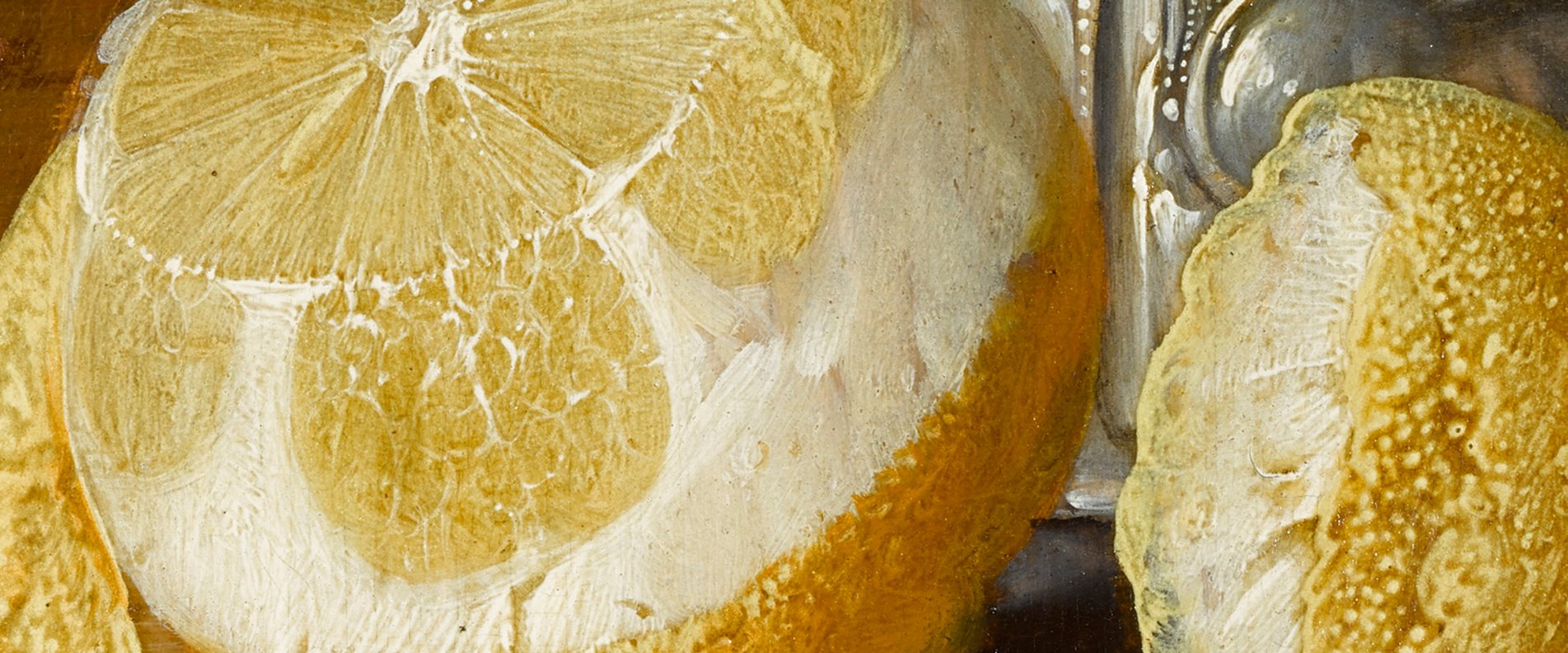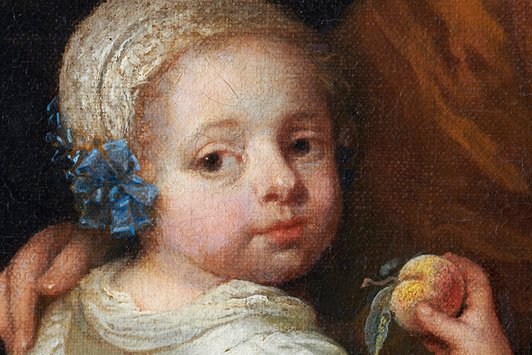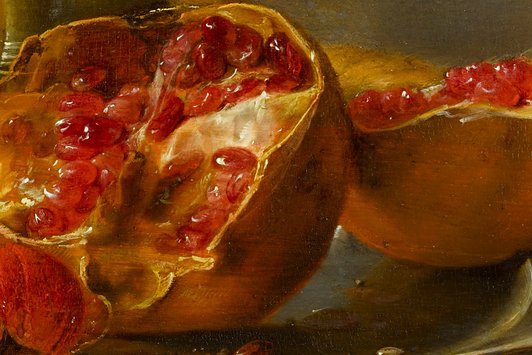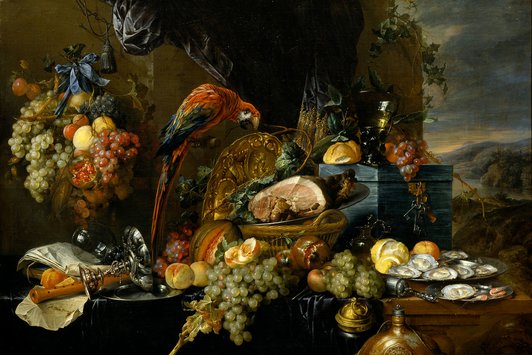Dutch painting of the 17th century
In 2019, the Netherlands will be under the sign of the Golden Age. It commemorates the work of Rembrandt van Rijn, the 350th anniversary of his death, and the period in which he was active. Salzburg joins in the celebrations and shows from 3 August in the DomQuartier
Highlights of European painting.
The exhibition at the Residenzgalerie Salzburg is the only one in Austria to refer to this important cultural anniversary. 73 masterpieces from the Gemäldegalerie der Akademie der bildenden Künste Wien and the Residenzgalerie Salzburg are on display.
The "Golden Times" are thus the largest show of Dutch painting ever to be shown in Salzburg.
A dialogue between two important collections
Unique economic and socio-political conditions formed the fertile soil for the glorious flowering of Dutch painting by the 17th century. This period is known as Gouden Eeuw, the Golden Age. The exquisite selection of still lifes, landscapes, naval and architectural pieces, genre paintings and portraits in the rooms of the Residenzgalerie offers a fascinating insight into this unique phenomenon of European art.
The Residenzgalerie Salzburg and the Gemäldegalerie der Akademie der bildenden Künste Vienna both have a valuable collection of 17th century Dutch paintings in their collections. The precious paintings in the Residenzgalerie come from the old Austrian aristocratic collection of Count Czernin, which was acquired by the province of Salzburg in the 1980s, and those in the Gemäldegalerie from the legacy of Count Anton Franz de Paula von Lamberg-Sprinzenstein.
Art does not fall from the sky. Sociopolitical and economic conditions influence and shape artistic creation. This can be observed almost exemplarily in Dutch painting of the "Golden Age". This painting was an art for everyone - and despite its economic success of outstanding quality and groundbreaking importance.
Erika Oehring, exhibition curator
Gouden Eeuw - Golden Age
For about sixty years, a unique artistic and cultural landscape flourished in the northern Netherlands of the 17th century. A remarkable socio-political constellation, combined with an unprecedented economic upswing and a certain religious tolerance, formed the prerequisites for this.
The Gouden Eeuw, the Golden Age, was the result of an uprising: In the eighty year struggle for independence against Habsburg Spain (1568-1648), the northern provinces of Friesland, Geldern, Groningen, Holland, Overijssel, Utrecht and Zeeland founded the Union of the Northern Netherlands in Utrecht on 23 January 1579. On 26.7.1581, the Union broke away from King Philip II of Spain. The Republic of the United Provinces of the Northern Netherlands, also called Holland, was founded after the financially strongest province. The government in The Hague was led by the General States, an assembly of representatives of the individual provincial chambers with merchants and patricians as deputies. In this society the nobility and its courtly regulations did not play a significant role.
World economic power
After the southern Netherlands fell again under the absolutist feudal rule of King Philip II of Spain in 1585, one of the greatest waves of migration of modern times followed from the southern to the northern Netherlands. Not only the economy but also art profited from the enormous population growth. Merchants, craftsmen, countless artists and dissidents, among them many Calvinists, fled from reprisals, the Inquisition and lost livelihoods. These formed the engine of a dynamic development. At a time generally regarded as a time of crisis, investments were made in the modernization of agriculture, fishing, shipbuilding and shipping, trade, colonial bases overseas and the establishment of a banking and credit system. The successful integration of trade, shipping and finance catapulted the country to the top of world trade.
Art for all
Rarely has an epoch and region been so rich in talent and renowned artists.
They found themselves confronted with new challenges here, as the local nobility played hardly any role, as they were not commissioned by the Reformed churches or the local nobility. There religious representations were not desired. There was a fundamental change in the function of painting. Until the 16th century, paintings were mainly used for devotion. Now their entertainment function became more and more important. The secularization led to an independence of non-religious themes such as still lifes, landscapes, genre paintings or marine representations. Artists were primarily dependent on the interest of the citizens.
The painters, mostly organised in guilds, specialised in individual themes in order to survive in the face of great competition. Only a few masters could make a living from their art alone. The pleasure of seeing was accompanied by more or less coded moralizing teachings. Tot lering en vermaak (to teach and please) was the Calvinist demand. The art holdings of Dutch households were remarkably large. Fairs, markets, lotteries, auctions and the art trade offered the opportunity to purchase paintings with greater or lesser financial investment.
Contact & Arrival
-
Residenzplatz 1/Domplatz 1a
-
-
-
-
Mon, Wed - Sun 10:00-17:00





